The Queenslander Cot Fund was set up by the newspaper The Queenslander to raise money for the Hospital for Sick Children in Brisbane. In my example John C Davis was the organiser and he was my great grandfather James Carnegie’s cousin. John C Davis was the son of Clara Stanley Carnegie and Charles Brandon Davis and the C is short for John Carnegie Davis. Surnames as given names can be a clue to a mother’s maiden name or even a grandmother.
The 1905 list showed who was living in the Toorbul area and included John’s brother, Alex T Davis (Alexander Thomas), their mother Mrs C B Davis (Charles Brandon – remember to also look for women under their husband’s name), their grandmother Mrs Carnegie (no initial or given name, just the Mrs so remember to search for that too), M Finn (Mary fiancee of James Carnegie) and J Carnegie (James my great grandfather).
By 1905 James Carnegie was living in Brisbane but the collection for the Hospital shows that he still visited the Toorbul area to see his grandmother, aunt and cousins. Small details like this help to fill in the timelines of our ancestors and I was really pleased to see Mary Finn on the list too. It proves that she also knew the Toorbul families and had visited the area.
By the time I started researching the Carnegies in 1977 no one appeared to know anything about them so thanks to Trove I am slowly filling in some of their history in the Toorbul area. The list also includes the neighbours and this can be useful for local history research as it places people in a specific place and time.
Thanks to John Carnegie Davis’ not too common name, I also located a claim for increased wages and better working conditions in The Daily Mail, 11 February 1926. John was a coxswain on the quarantine launch at Lytton and his salary in 1926 was 287 pounds and he was seeking an increase to 318 pounds as other workers in similar jobs were earning about 305 pounds. He was one of a number of Customs employees who were part of the claim which was reported in detail in the newspapers of the day. Information like this is not easily found elsewhere and again helps to fill in the timeline of his life.
Trove also now includes the Commonwealth of Australia Gazette and there was a reference to John Carnegie Davis’s retirement from the Department of Health as a Master of Launch (Diesel Engine) as from close of business on 17 November 1948. We now have two snippets of information on his career which revolved around a love of boats which probably originated by growing up at Pumicestone Passage.
His cousin James Carnegie was a ferryman on the Hetherington on the Bulimba section of the Brisbane River for 20 years and over all spent 28 years as a river pilot.
Now that I live at Banksia Beach next to Pumicestone Passage across from Toorbul, I can’t help but think on my daily walks about the three boys growing up in what was a fairly isolated area swimming, fishing, crabbing and boating. No doubt there were more dugongs and turtles back then but to get jobs they had to move to Brisbane. Even 100 years ago Brisbane would have been a lot noisier than Pumicestone even today, although jet skis seem to be fast becoming a popular way to see the Passage.
Trove helps us to imagine our ancestor’s lives in greater detail than ever before. Newspapers captured so much of their daily lives and participating in the Trove Tuesday blog challenge is always rewarding. Thanks Trove.
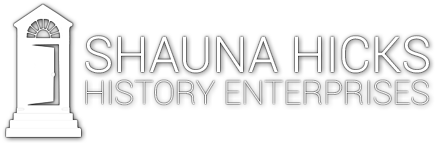
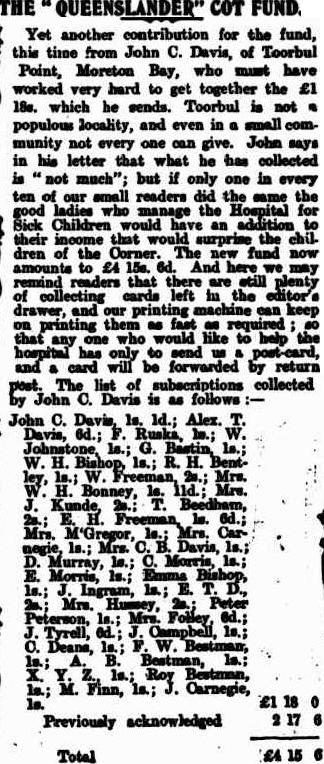
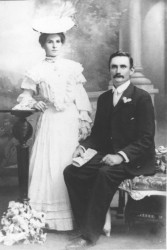
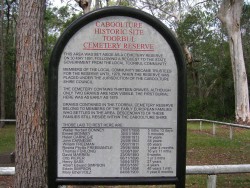
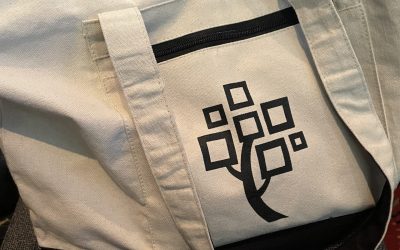
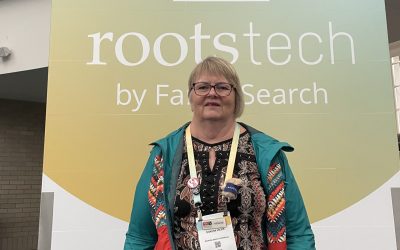
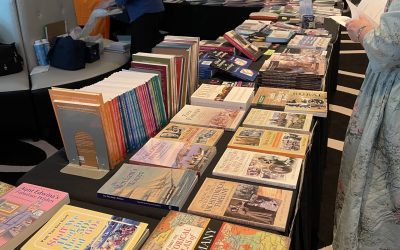
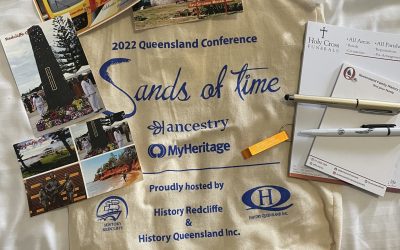
have included your blog in INTERESTING BLOGS in FRIDAY FOSSICKING at
https://thatmomentintime-crissouli.blogspot.com/2017/12/friday-fossicking-22nd-december-2017.html
Thank you, Chris
Thanks Chris for including me in That Moment in Time blog post. Have a wonderful 2018.